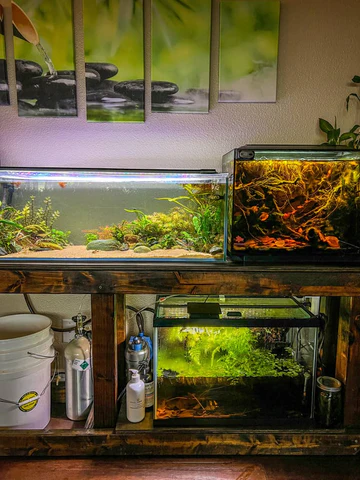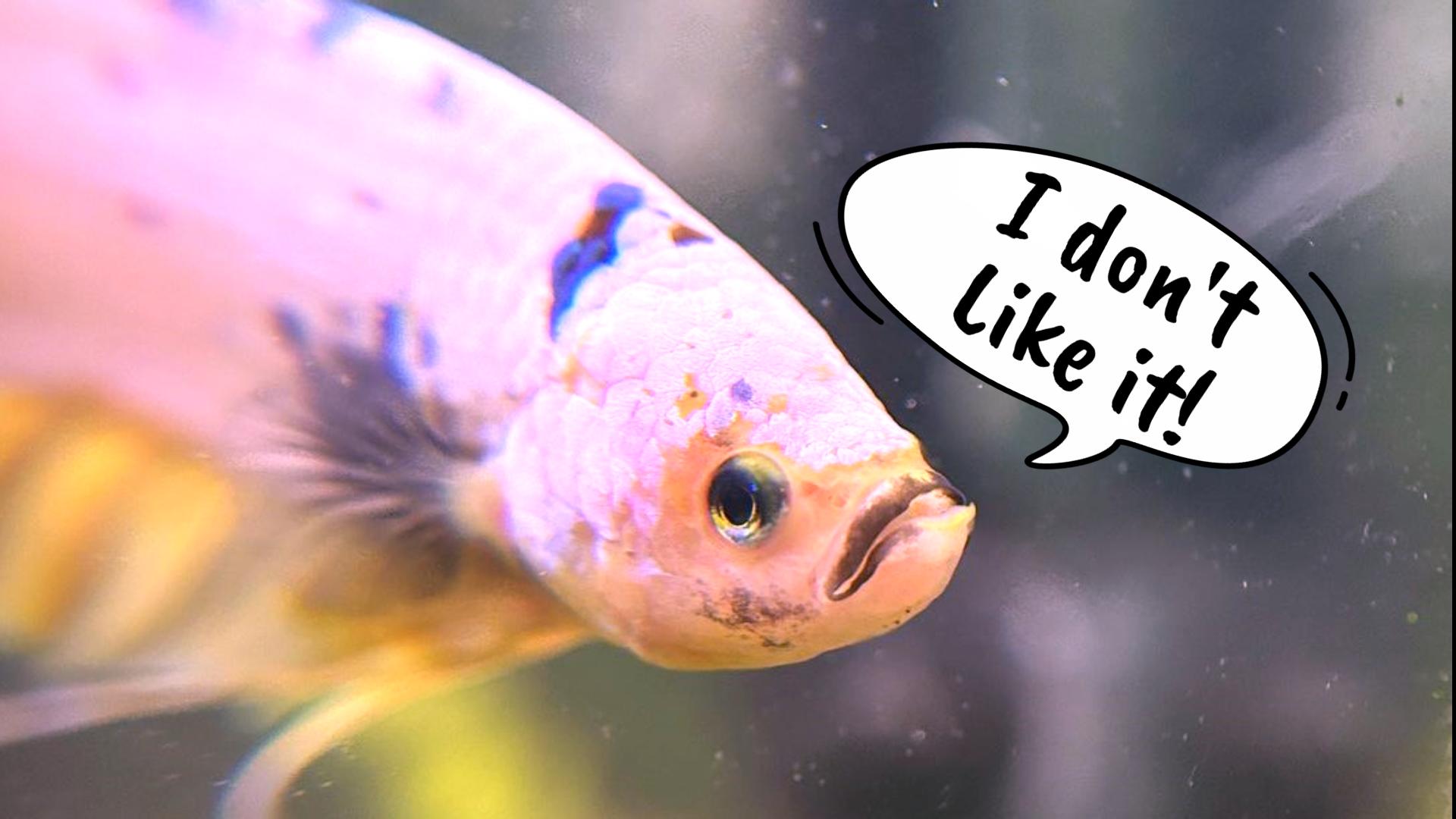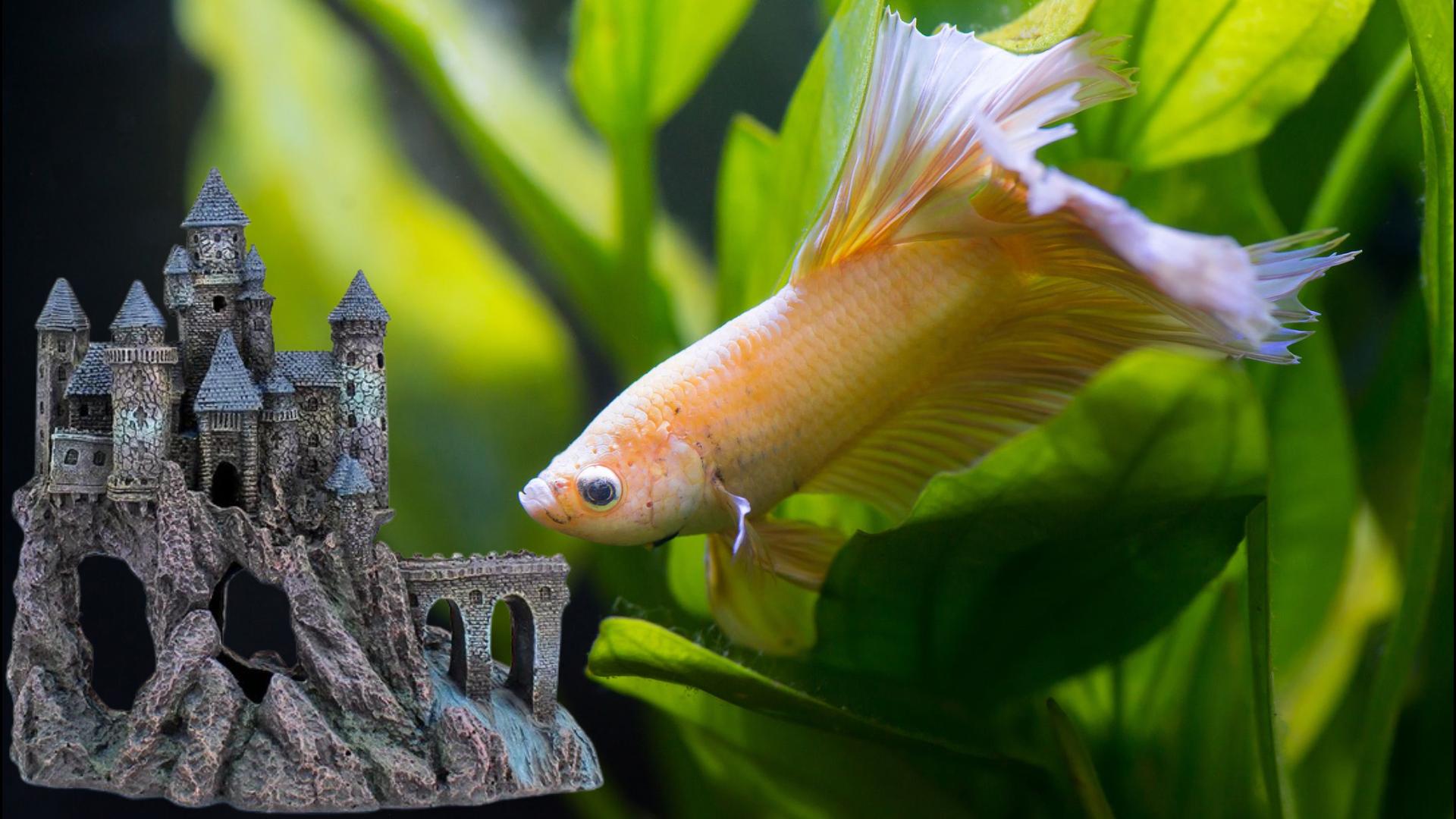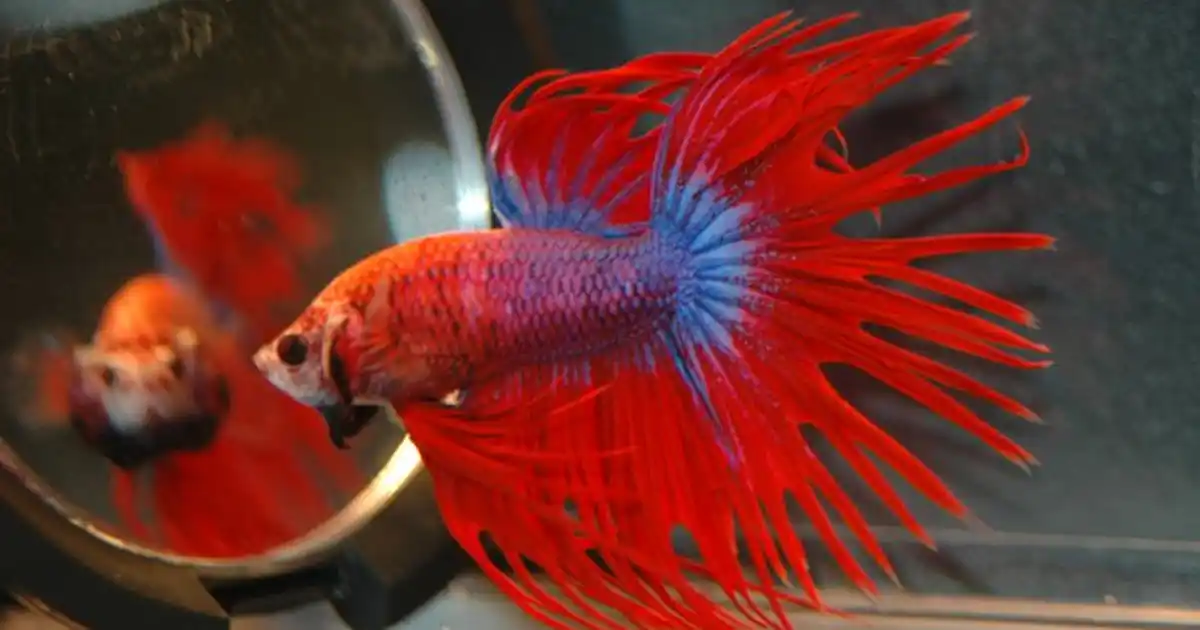Introduction:
Catappa leaves, also known as Indian almond leaves, have become a staple in the world of betta fish keeping for their numerous benefits. These natural wonders not only add aesthetic appeal to your tank but also provide essential health benefits for your betta. In this article, we’ll uncover 12 secrets and must-know tips for effectively using Catappa leaves in your betta fish tank, ensuring a thriving environment for your aquatic companion.

1. Understanding Catappa Leaves:
Catappa leaves are sourced from the Terminalia catappa tree, native to Southeast Asia. These leaves are rich in tannins and other beneficial compounds that promote the health and well-being of betta fish.
2. Water Conditioning Properties:
Catappa leaves release tannins into the water, creating a natural environment that mimics the betta’s native habitat. These tannins have water conditioning properties, helping to maintain optimal water parameters.
3. Stress Reduction:
One of the most significant benefits of Catappa leaves is their ability to reduce stress in betta fish. The natural compounds in the leaves create a calming effect, making your betta feel more secure and relaxed.
4. Anti-Bacterial and Anti-Fungal Benefits:
Catappa leaves possess anti-bacterial and anti-fungal properties, helping to prevent diseases and infections in betta fish. Adding Catappa leaves to your tank can help keep your betta healthy and thriving.
5. Alleviating Fin Rot and Inflammation:
The properties of Catappa leaves can aid in the treatment of fin rot and inflammation in betta fish. Regular use of Catappa leaves can help promote fin healing and reduce inflammation.
6. Natural pH Buffer:
Catappa leaves can help stabilize and lower the pH of aquarium water, creating a more suitable environment for bettas. This is particularly beneficial for bettas that prefer slightly acidic water.
7. Introducing Catappa Leaves to the Tank:
To use Catappa leaves, simply add them directly to your betta fish tank. You can also steep the leaves in water to create an infusion before adding them to the tank.
8. Dosage Guidelines:
Start with a few Catappa leaves and adjust the dosage based on the size of your tank and water conditions. It’s essential not to overdose, as excessive tannins can darken the water.
9. Monitoring Tannin Levels:
Keep an eye on the tannin levels in your tank after adding Catappa leaves. While some betta fish prefer darker water, others may require more frequent water changes to maintain water clarity.
10. Compatibility with Other Tankmates:
Catappa leaves are generally safe for other tank inhabitants, but it’s essential to monitor for any adverse reactions. Some fish may be more sensitive to tannins than others.
11. Sourcing Quality Catappa Leaves:
Choose high-quality Catappa leaves from reputable suppliers to ensure purity and effectiveness. Look for leaves that are free from pesticides and other harmful chemicals.
12. Regular Replacement:
Replace Catappa leaves periodically as they decompose to maintain their effectiveness in the tank. This will ensure that your betta fish continue to receive the full benefits of the leaves.
Conclusion:
Incorporating Catappa leaves into your betta fish tank can provide numerous benefits for your aquatic companion. From stress reduction to disease prevention, these natural wonders are a must-have for any betta fish owner. By following these 12 secrets and tips, you can create a thriving environment that promotes the health and well-being of your betta fish.




